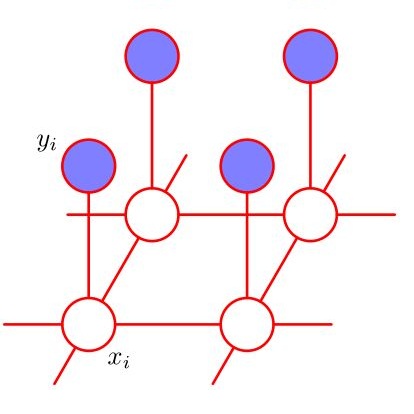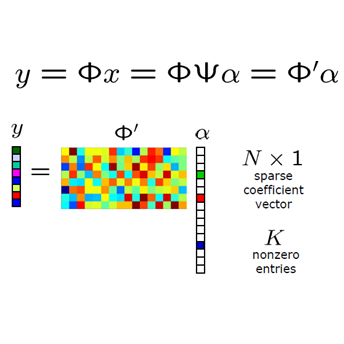Magnetic Resonance Fingerprinting (MRF) is a novel technique that simultaneously estimates multiple tissue-related parameters, such as the longitudinal relaxation time T1, the transverse relaxation time T2, off resonance frequency B0 and proton density, from a scanned object in just tens of seconds. However, the MRF method suffers from aliasing artifacts because it significantly undersamples the k-space data. In this work, we propose a compressed sensing (CS) framework for simultaneously estimating multiple tissue-related parameters based on the MRF method. It is more robust to low sampling ratio and is therefore more efficient in estimating MR parameters for all voxels of an object. Furthermore, the MRF method requires identifying the nearest atoms of the query fingerprints from the MR-signal-evolution dictionary with the L2 distance. However, we observed that the L2 distance is not always a proper metric to measure the similarities between MR Fingerprints. Adaptively learning a distance metric from the undersampled training data can significantly improve the matching accuracy of the query fingerprints. Numerical results on extensive simulated cases show that our method substantially outperforms stateof-the-art methods in terms of accuracy of parameter estimation.
翻译:磁共振动指纹(MRF)是一种新颖的技术,它同时从扫描对象的扫描器上对多个组织相关参数进行估计,例如纵向放松时间T1、横向放松时间T2、反振动时间T2、共振频率B0和质子密度,仅用数十秒即可进行。然而,MRF方法因大大低估了 k- 空间数据而存在别名。在这项工作中,我们提出了一个压缩遥感框架,用于同时根据MRF方法估计多个组织相关参数。它比低采样比低,因此在估计一个物体的所有氧化物的MR参数方面效率更高。此外,MRF方法要求从M- 信号传动字典上找到最接近的查询指纹原子,而L2距离是L2距离。然而,我们发现,L2距离并不总是用来测量MR 指纹之间相似性的适当衡量标准。从未充分采样的培训数据中调取的距离测量指标可以大大提高查询指纹的准确性。大量模拟案例的数值结果显示,我们的方法在参数估计中大大超出状态。




